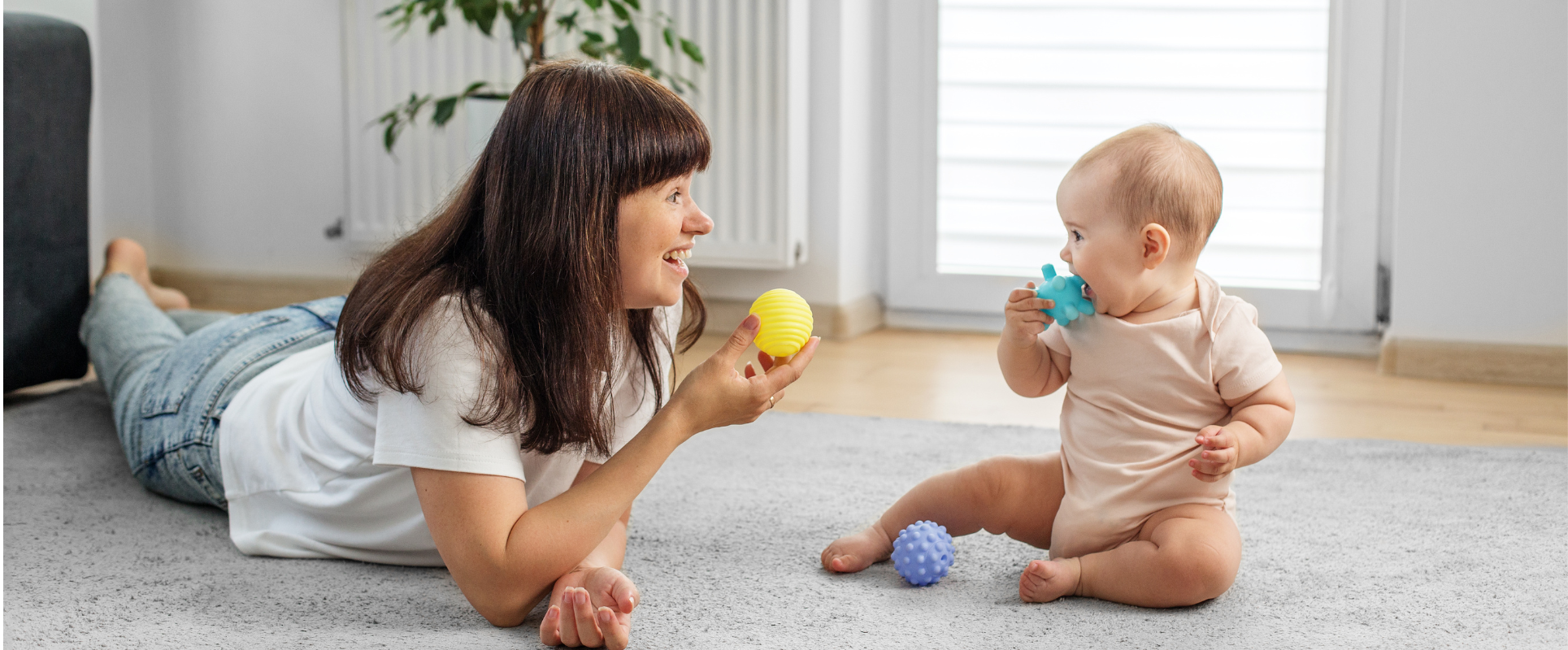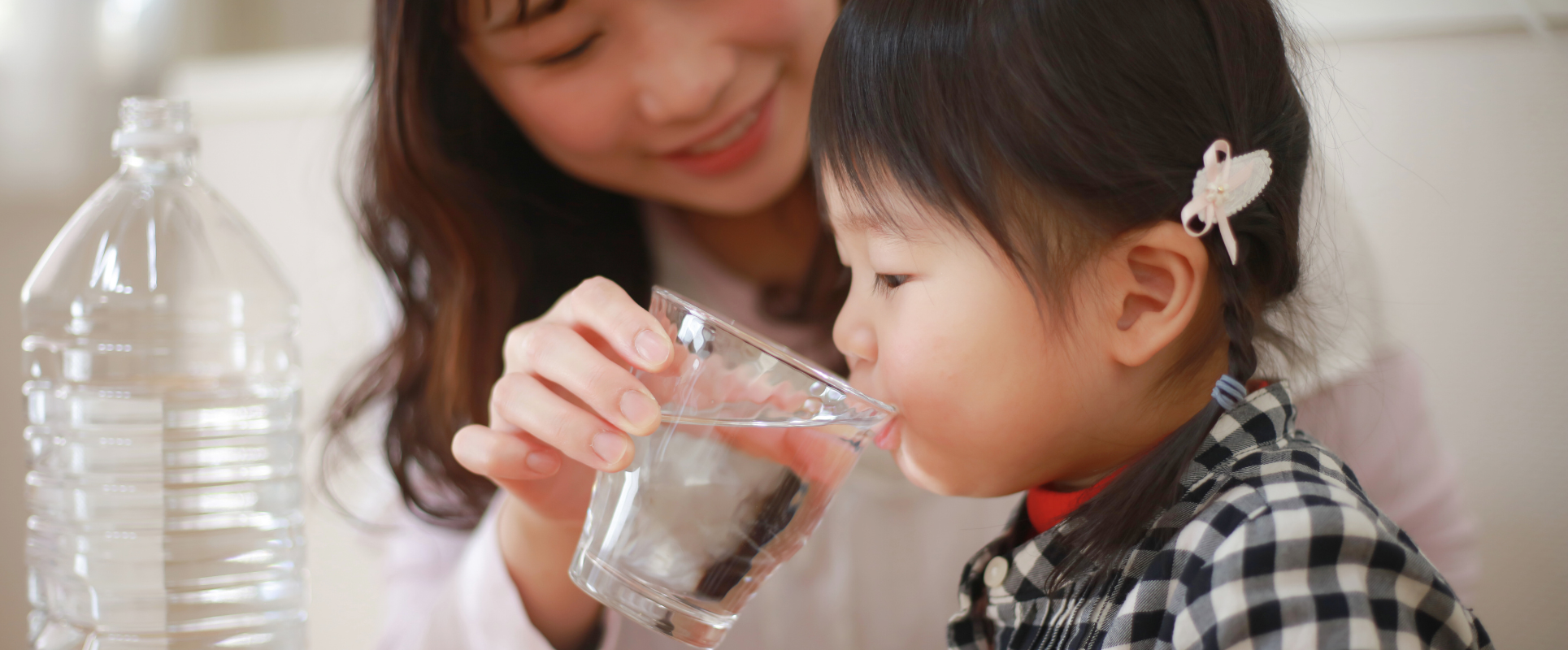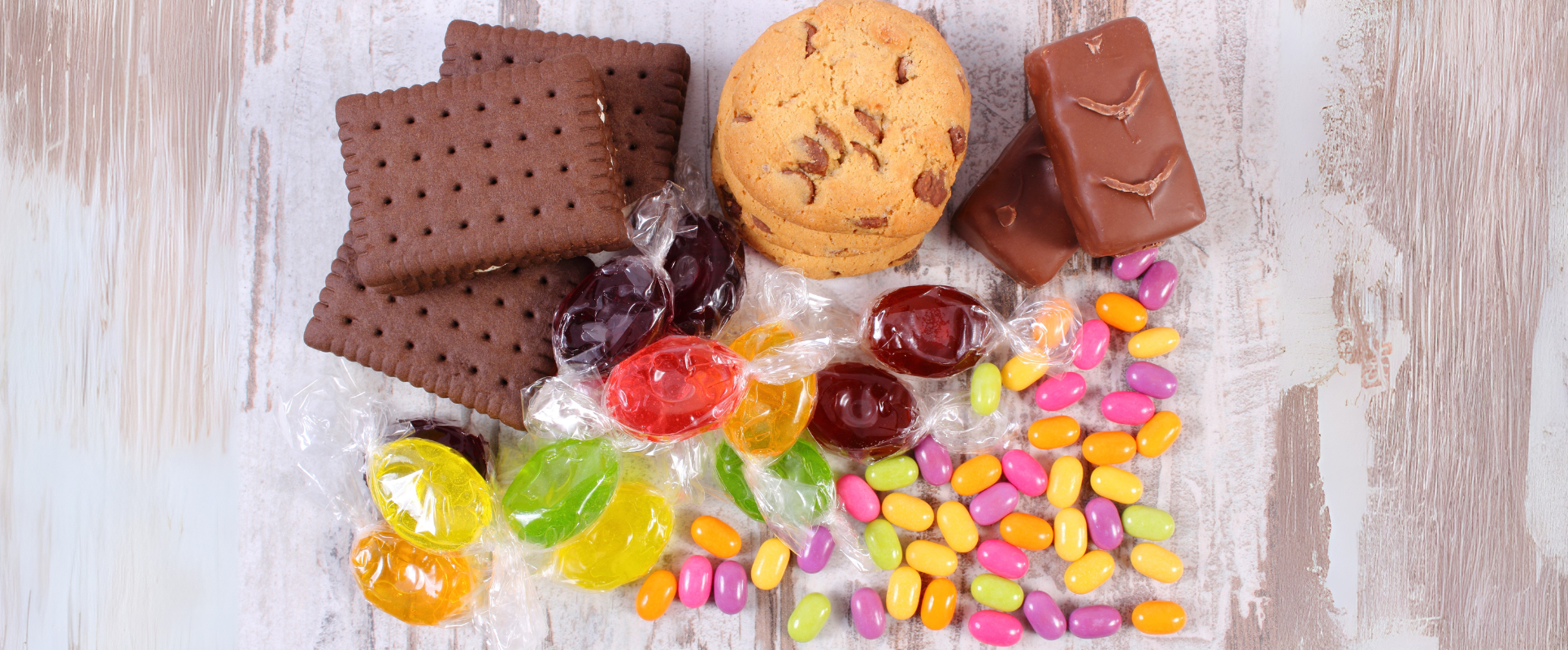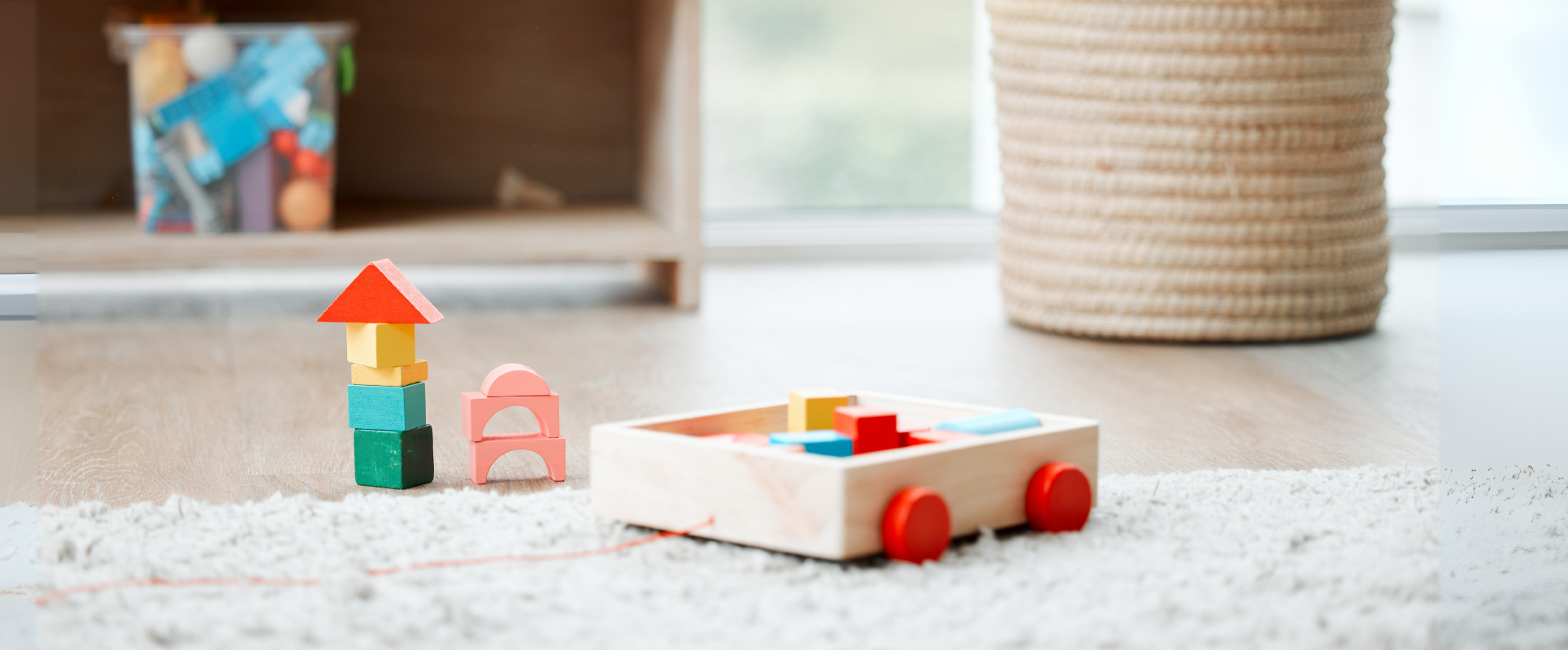
Baby Massage Techniques for Gas Relief and Better Sleep
Every parent has been there — holding a fussy baby in the middle of the night, wishing for a gentle way to bring comfort. Gas, colic and sleep struggles are common during infancy, but there are safe, natural ways to help. Infant massage not only eases digestive discomfort but also strengthens the bond between parent and child, lowers stress hormones and encourages restful sleep.
At DabiDabi, we believe in Born2Care — nurturing children with natural, gentle methods that care for both body and soul. Baby massage is one of those timeless rituals that brings relief and connection at the same time.
1. Why Massage Helps Babies
-
Gentle tummy strokes and bicycle leg movements support digestion by helping gas move through the intestines.
-
Massage lowers cortisol (the stress hormone) and increases oxytocin — the “bonding hormone” — fostering calm and emotional security.
-
Regular massage can become a soothing bedtime ritual, helping babies fall asleep faster and sleep deeper.
2. Preparing for Baby Massage
-
Choose a calm moment when your baby is alert but relaxed (e.g., after a bath or before bedtime).
-
Ensure the room is warm, your hands are clean and your nails are trimmed.
-
Use a fragrance-free, baby-safe natural oil (such as almond, jojoba or coconut oil). Avoid mineral oils and synthetic fragrances.
-
Create a gentle atmosphere: soft light, quiet environment and if you like, calming background music.
3. Massage Techniques for Gas Relief
-
Bicycle Legs: Place your baby on their back and gently move their legs in a pedaling motion to release trapped gas.
-
Tummy Circles (“I Love You” Stroke): Using gentle clockwise movements, massage the tummy to follow the natural path of the intestines. You can trace an “I-L-U” pattern to make it playful.
-
Knees-to-Tummy: Slowly bend both knees toward the belly, hold for a few seconds and release — this can help ease pressure and discomfort.
-
Tummy Time: Supervised play on the tummy not only helps with digestion but also strengthens muscles and motor development.
4. Massage Techniques for Better Sleep
-
Back Strokes: With your baby lying on their tummy across your lap or on a safe surface, gently stroke from shoulders down to the legs. This repetitive motion calms the nervous system.
-
Chest Soothing: Place your hands gently on the chest and move outward in slow motions, symbolizing openness and calm.
-
Head and Face Rubs: Gentle circular strokes on the forehead or along the eyebrows can be deeply soothing and signal bedtime.
5. Safety Tips for Infant Massage
-
Wait at least 30 minutes after feeding to avoid discomfort.
-
Use gentle, light pressure — never deep or forceful strokes.
-
Watch your baby’s cues: stop if they become fussy or uncomfortable.
-
Keep sessions short — 5 to 15 minutes is enough.
-
Consult your pediatrician before starting massage if your baby has reflux, colic, eczema or other medical conditions.
6. Quick Checklist for Parents
✔️ Choose the right time: baby is calm, not hungry or overtired.
✔️ Use natural, baby-safe oil.
✔️ Try bicycle legs, tummy circles and knees-to-tummy for gas relief.
✔️ Add back strokes and face rubs for sleep support.
✔️ Make massage part of a gentle bedtime routine.
Conclusion
Infant massage is more than just a technique — it’s an act of care, closeness and love. With simple strokes and gentle rituals, parents can support their baby’s digestion, improve sleep quality and strengthen emotional bonding.
As with all natural remedies, massage should complement — not replace — pediatric guidance. With a little practice, this nurturing ritual can become one of the most rewarding parts of your parenting journey.
At DabiDabi, we encourage parents to combine safe, natural methods with loving routines — because caring for children means caring for their comfort, well-being and future.








